23 Authentic German Side Dishes You Need To Taste
German side dishes represent culinary artistry that goes beyond mere accompaniments to meals.
These delectable creations reflect deep cultural traditions and regional influences across Germany's diverse landscape.
Hearty ingredients and meticulous preparation techniques transform simple components into extraordinary dining experiences.
Regional variations showcase local pride and agricultural heritage, making each side dish a storytelling element on the plate.
Sophisticated yet unpretentious, these culinary treasures balance robust flavors with nuanced textures that complement main courses beautifully.
Generations of home cooks and professional chefs have refined these recipes, passing down techniques that celebrate community and connection.
Passion for quality ingredients and time-honored cooking methods elevate these sides from simple additions to gastronomic highlights: Here are 23 signature German side dishes:
Which German Side Dishes Complete Every Feast?
German side dishes are far more than afterthoughts. Crisp salads, tangy pickles, and potato specialties add layers of texture and tradition to classic meals.
Rahmschwammerl
Rahmschwammerl ranks as a creamy Bavarian mushroom delicacy combining fresh and dried mushrooms with rich, savory ingredients.
Bavaria's signature comfort dish blends bacon, onions, and multiple mushroom varieties into a luxurious sauce.
German home kitchens transform simple ingredients through careful sautéing and slow simmering techniques.
Butter, flour, stock, heavy cream, and sour cream create an incredibly smooth base for this traditional preparation.
Garlic paste adds depth to the mushroom mixture, enhancing its complex flavor profile.
Chives provide a fresh garnish that brightens the entire dish.
Bread dumplings serve as the classic accompaniment, complementing the mushroom's earthy tones.
Green salad rounds out this hearty Bavarian meal with a crisp, light contrast.
Bratkartoffeln
Bratkartoffeln are crispy golden German potato slices seared in butter or fat until perfectly caramelized with a tender interior.
Originating in rural German kitchens, these versatile potatoes blend simple ingredients like diced bacon, onions, and fresh herbs into a savory side dish.
Germans traditionally serve bratkartoffeln alongside grilled meats, sausages, fish, or fried eggs as a hearty meal accompaniment.
Salt and black pepper provide basic seasoning while optional additions like garlic, paprika, or chopped parsley enhance flavor complexity.
Regional variations include different potato types, cooking fats, and complementary ingredients based on local preferences.
Hamburg and Berlin regions often feature unique twists on this classic potato preparation.
Bratkartoffeln represent a simple yet deeply satisfying component of German comfort food culture.
Thuringer Kloe
Thuringer kloe are robust potato dumplings originating from Thuringia, Germany, crafted from a unique blend of grated raw and mashed cooked potatoes surrounding crunchy bread cubes.
These hearty dumplings boast a traditional preparation method involving simmering in water or lightly browning in butter for enhanced flavor.
German families historically served these substantial side dishes on Sundays, initially considered economical fare for working-class households.
Kloe complement various meat dishes like roulades, roasted meats, stuffed cabbage rolls, and sauerkraut with their rich, comforting texture.
Skilled home cooks carefully shape the dumplings into large, perfectly rounded forms to ensure even cooking and consistent taste.
Regional variations exist across different German provinces, reflecting local potato cultivation and cooking techniques.
Bread cubes inside the dumpling provide a delightful crunch that contrasts with the soft potato exterior.
Kartoffelpuffer
Kartoffelpuffers are crispy golden potato pancakes beloved across Germany as a versatile street food and restaurant favorite.
Grated raw potatoes, flour, and eggs form their signature thick batter, which transforms into flat round discs quickly pan-fried to achieve a perfect crunch.
German families prepare these savory treats for casual meals and special gatherings, often serving them alongside hearty meat dishes or as a standalone snack.
Regional variations include slight differences in preparation techniques and seasoning.
Sour cream, apple sauce, and fruit preserves complement their rich flavor profile.
Street vendors and home kitchens alike embrace these traditional pancakes as a comfort food staple.
Germans enjoy kartoffelpuffers during festivals, family dinners, and casual weekend meals.
These potato pancakes represent a simple yet delicious element of German culinary heritage.
Karamellkartoffeln
Brunede kartofler are caramelized Danish potatoes that transform simple boiled potatoes into a golden, sweet-savory holiday side dish beloved across Denmark and Northern Germany.
Sugar and butter create a rich glaze that coats small new potatoes, turning them into crispy, glistening gems with deep caramel notes.
Nutmeg adds warm complexity to the simple ingredient list, enhancing the potatoes' natural earthiness.
Traditional preparation involves boiling new potatoes first, then coating them in a mixture of butter, sugar, salt, and ground nutmeg.
Many Danish families serve these potatoes during Christmas dinner as a special accompaniment to roasted meats.
Generations have passed down this straightforward yet memorable recipe through family kitchens.
Minimal ingredients and simple technique make brunede kartofler a surprisingly elegant side dish that elevates any meal.
Semmelknodel
Semmelknödel are traditional German bread dumplings prized for their simple yet ingenious preparation using stale bread as the primary ingredient.
German home cooks transform leftover bread into soft, round dumplings by soaking bread pieces in milk and combining them with eggs and seasonings.
These versatile side dishes complement meat dishes like roast pork or beef and absorb gravies and sauces beautifully.
Regional variations exist across Bavaria and Austria, with some recipes adding herbs like parsley or chives for extra flavor.
Dumplings are typically boiled in salted water until they float and develop a smooth, tender texture.
Families often serve semmelknödel during winter meals as a comforting and filling accompaniment.
Bread used can range from white to dark rye, creating slight variations in taste and appearance.
Traditional preparation methods have been passed down through generations, maintaining the authentic culinary technique.
Serviettenknodel
Serviettenknodel are traditional German bread dumplings steamed inside cloth napkins, delivering a rustic culinary experience rooted in resourceful German cooking techniques.
Stale bread rolls, baguettes, or pretzels form their primary ingredient, combined with milk, eggs, lard, and softened onions.
Cooks season the bread mixture with salt and pepper, elevating its taste with freshly chopped parsley and nutmeg.
Germans often serve these dumplings alongside meat dishes, using them to soak up rich gravies and sauces.
Napkin dumplings get their unique name from their preparation method, tightly wrapped and steamed in a cloth serviette.
Generations have passed down this simple yet satisfying dumpling technique.
Serviettenknodel represent an economical and flavorful side dish that transforms leftover bread into a comforting meal component.
Dibbelabbes
Dibbelabbes are savory German potato hash originating from Saarland, blending grated potatoes with smoky meat and aromatic herbs into a rustic one-pot meal.
Regional cooks craft this hearty dish by combining potatoes, leeks, and diced bacon or pork belly with classic seasonings like marjoram and nutmeg.
Kitchen traditions dictate cooking the mixture in a large stewpot until crispy and golden brown.
Saarland dialect inspired the name, with "dibbe" meaning stewpot and "labbes" referencing a substantial piece of food.
Homemade apple puree traditionally accompanies this warm, satisfying plate.
Beer or wine often complements the rich flavors of this regional specialty.
Family gatherings frequently feature dibbelabbes as a comforting main course.
Simple ingredients transform into a memorable meal that celebrates German culinary heritage.
Kartoffelkloe
Kartoffelknödel are classic German potato dumplings central to Bavarian, Thuringian, and Rhineland cuisine, crafted from boiled or raw potatoes mixed with eggs, starch, and herbs.
German households transform potatoes into soft, round balls by blending cooked or raw potato varieties with binding ingredients like cornstarch or flour.
Regional variations introduce exciting fillings such as croutons, sauerkraut, or ham, making each dumpling unique.
Chefs typically season the potato mixture with fresh herbs like chives or parsley for added flavor.
Traditional German families serve these versatile dumplings alongside roasted meats, savory gravies, or as a standalone side dish.
Germans consider kartoffelknödel a comfort food that connects generations through shared culinary traditions.
Himmel Und Erde
Himmel und Erde is a classic German comfort dish blending mashed potatoes and applesauce with deep historical roots in Rhineland cuisine.
German culinary traditions inspired this hearty recipe dating back to the 18th century, which literally translates to "Heaven and Earth" from the old word Erdapfel for potatoes.
Regional variations exist across Germany, though the original Rhineland version remains most beloved.
Traditional preparation includes serving the potato and apple mixture alongside blood sausage, sometimes called Himmel, Erde, und Hollen when the sausage is added.
Regional cooks often customize the dish with specific local ingredients and techniques.
Meat accompaniments enhance the flavor profile and provide a balanced meal.
Simple ingredients create a rustic and satisfying plate that connects modern Germans to their culinary heritage.
Rhineland families continue to enjoy this nostalgic recipe that celebrates regional agricultural traditions.
Rotkohl
Rotkohl is a classic German red cabbage dish prized for its rich purple color and complex sweet-sour flavor profile.
German kitchens traditionally prepare this side dish by slowly braising finely shredded cabbage with apples and onions in a tangy vinegar-based sauce.
Spices like cloves, bay leaves, and juniper berries infuse deep aromatic notes into the tender cabbage.
Sugar balances the vinegar's sharpness, creating a harmonious taste that complements robust meats like roast pork, duck, and sausages.
Germans serve rotkohl as a standard accompaniment to many traditional meat dishes.
Regional variations exist across different German territories, with some families adding unique ingredients or spice blends.
Careful slow cooking ensures the cabbage becomes soft and absorbs all the rich, complex flavors.
Pellkartoffeln
Pellkartoffeln are German whole boiled potatoes with skins intact, prized for their robust flavor and nutrient preservation.
Salt and butter provide the most classic preparation method for these rustic side dishes.
Herb-infused quark serves as another popular accompaniment, enhancing the potatoes' natural earthiness.
Germans traditionally prepare these potatoes by thoroughly scrubbing them before cooking whole and unpeeled.
Cooking with skins helps retain maximum nutrients and natural potato taste.
Some diners prefer removing skins after cooking, while others enjoy eating them whole.
Simple yet satisfying, pellkartoffeln represent a fundamental component of traditional German cuisine.
Apfelmus
Apple sauce is a classic fruit puree with ancient roots tracing back to Roman cookbooks, traditionally prepared by cooking and mashing cored apples into a smooth, light-colored mixture.
European culinary traditions popularized this versatile condiment as a practical method for preserving fruit during winter months.
Sugar and warming spices like cinnamon or cloves enhance its subtle sweetness, creating a balanced flavor profile.
Medieval recipes across Central and Northern Europe demonstrate its long-standing culinary significance.
While commonly served as a dessert topping, apple sauce also complements savory meat dishes, particularly roasted pork, duck, and goose.
Unlike apple butter, this sauce maintains a more liquid consistency and lighter color.
Historical records suggest its development emerged from practical food preservation needs.
Ancient Roman cookbooks like Apicius first documented apple and meat combinations, indicating the sauce's historical importance in European cuisine.
Leipziger Allerlei
Leipziger allerlei represents a classic German vegetable medley originating in Leipzig that celebrates spring's freshest produce.
Spring vegetables like carrots, asparagus, kohlrabi, cauliflower, and peas form its colorful base.
Crayfish tails and morel mushrooms add rich protein and earthy depth to the mixture.
Bread dumplings provide substantial texture and comfort to the dish.
Chefs carefully combine these ingredients with a luxurious creamy butter sauce.
Freshly chopped parsley or chervil garnishes the final presentation.
Traditional preparations highlight seasonal ingredients during May and June.
Germans enjoy leipziger allerlei as both a main course and a complementary side dish.
Weinkraut
Weinkraut represents a classic German side dish bursting with sweet and tangy flavors from sauerkraut enhanced by white wine and fresh apples.
German home cooks traditionally prepare this hearty recipe by sautéing onions in butter until translucent and soft.
Juniper berries and bay leaves add complex aromatic notes to the dish's flavor profile.
Red Delicious apples provide natural sweetness that balances the sauerkraut's sharp taste.
Peppercorns contribute a subtle spicy undertone to the mixture.
White wine deepens the overall taste and helps create a rich, savory sauce.
Home kitchens typically combine all ingredients and simmer them together slowly.
Regional German families often serve weinkraut alongside roasted meats or sausages as a complementary side dish.
Bremer Braunkohl
Bremer braunkohl emerges as a hearty northern German specialty showcasing Bremen's culinary heritage through its rustic kale-based preparation.
Regional farmers traditionally chop fresh kale and sauté it with onions in rendered animal fat like chicken or goose drippings.
Germans season this robust dish with salt and sugar for balanced flavor.
Oats or buckwheat groats often complement the green vegetable mixture.
Winter meals frequently feature this warming side dish across northern Germany.
Bremen residents especially embrace this simple yet satisfying recipe.
Local ingredients determine each kitchen's unique preparation method.
Generations have passed down this comfort food through family cooking traditions.
Gedunstete Pilze
Gedunstete pilze combines rich German comfort food traditions with simple, elegant mushroom preparation techniques.
Creamy white mushrooms sautéed in butter create a silky sauce that highlights earthy flavor profiles.
Sliced mushrooms and chopped onions form the dish's core ingredients, slowly cooking with flour and stock.
Nutmeg adds subtle warmth to the sauce's complex flavor landscape.
Sour cream transforms the mixture into a luxurious side dish or light main course.
Germans traditionally serve this creamy mushroom preparation alongside roasted meats or as a standalone vegetarian option.
Homemade preparations allow home cooks to adjust seasoning and consistency to personal preferences.
Butter and fresh parsley provide final aromatic garnishes that elevate the dish's overall sensory experience.
Niedernauer Kartoffeln
Niedernauer kartoffeln showcases Bavarian potato cuisine through a rich, creamy skillet preparation featuring boiled potatoes transformed into a golden-brown comfort dish.
German home cooks craft this regional specialty by first boiling potatoes and carefully peeling them while hot.
Cubed potatoes get seasoned with salt and pepper before frying in butter alongside minced onions and fresh parsley.
Eggs and cream create a smooth sauce that slowly coats the crispy potato pieces.
Butter adds depth and richness to the dish's flavor profile.
Small pieces of parsley provide fresh green color and herbal notes.
Onions contribute a subtle savory undertone to the overall preparation.
Bavaria celebrates this hearty potato recipe as a beloved side dish served during family meals.
Hoorische
Hoorische are traditional German potato dumplings from Saarland featuring a distinctive rough, hairy exterior created by coarsely grated potatoes.
Crafted from a unique blend of raw and boiled potatoes, these elongated dumplings incorporate eggs, flour, nutmeg, salt, and pepper for rich flavor complexity.
Simmered carefully in salted boiling water, they develop a tender yet substantial texture that reflects regional culinary traditions.
German home cooks prepare these dumplings with careful attention to maintaining their characteristic rustic appearance.
Each dumpling emerges with a distinctive oblong or egg-like shape that highlights its handmade quality.
Creamy bacon gravy often accompanies these dumplings, enhancing their hearty profile.
Sauerkraut or apple sauce serves as a complementary side dish that balances their savory essence.
Generations of Saarland families have treasured this comforting potato specialty as a beloved regional staple.
Rettichsalat
Rettichsalat is a refreshing Bavarian salad showcasing crisp white radishes sliced into delicate rounds and dressed with a zesty vinaigrette.
German home cooks have perfected this simple side dish for generations, combining thinly shaved radishes with a tangy white wine vinegar and vegetable oil mixture.
Salt and black pepper enhance the salad's sharp, clean flavor profile.
Chives add a subtle onion-like brightness to the dish.
Bavaria claims this salad as a traditional accompaniment to hearty meat dishes.
Home kitchens across southern Germany frequently prepare this quick and easy recipe.
Each ingredient complements the radish's natural peppery crunch.
Fresh, light ingredients make rettichsalat a popular summer side dish.
Grune Bohnen Mit Bohnenkraut
Grüne bohnen mit bohnenkraut stands as a classic German side dish highlighting fresh green beans enhanced by aromatic savory herbs.
German home kitchens traditionally prepare this simple vegetable accompaniment with carefully selected ingredients like green beans, butter, onions, and vegetable stock.
Savory herbs add distinctive flavor during the cooking process, infusing the beans with rich herbal notes.
Cooking begins by washing and cutting green beans, then boiling them until they reach perfect tenderness.
Sautéed onions create a smooth base by combining flour and reserved vegetable stock, forming a light sauce.
Careful whisking ensures a silky texture when mixing the sauce with cooked green beans.
Butter contributes richness and depth to the final dish.
Served alongside meat preparations, this vegetable side provides a complementary green element to traditional German meals.
Gedadschde
Gedadschde are German potato pancakes from Palatinate featuring crispy, golden-brown patties crafted from mashed potatoes, flour, milk, and seasonings.
Regional cooks carefully blend potatoes with simple ingredients, creating a rustic comfort food that celebrates rural German culinary traditions.
Shredded cheese often enhances the mixture's richness, adding depth to the classic recipe.
Cooks shape the potato mixture into flat rounds before frying them in hot oil until edges turn perfectly crisp.
Salt and sugar balance the pancake's savory profile, ensuring a satisfying taste experience.
Germany's farmhouse kitchens have perfected this straightforward yet delicious dish over generations.
Each pancake becomes a golden-brown canvas showcasing simple, hearty ingredients.
Served warm, gedadschde offer a genuine taste of Palatinate's home cooking heritage.
Kartoffelschmarrn
Kartoffelschmarrn is a rustic Bavarian potato dish featuring shredded potatoes transformed into a crispy, golden skillet meal.
German alpine regions popularized this hearty comfort food as a quick and satisfying lunch or dinner option.
Rural farmers originally created kartoffelschmarrn using simple ingredients found in their kitchens.
Onions frequently enhance the dish's flavor, while some variations include crispy bacon or ham pieces.
Traditional preparation involves frying the potato mixture in a hot skillet until edges turn golden brown and crisp.
Bavarian restaurants and home kitchens still serve this classic potato scramble as a filling and traditional meal.
Regional variations exist throughout southern Germany, with each area adding its unique twist to this beloved potato dish.
Which German Side Dishes Pair Well With Sausages or Grilled Meats?
German cuisine offers hearty, flavorful sides that perfectly complement sausages and grilled meats:
These sides create a balanced, satisfying plate when paired with robust German meats.
Which German Sides Are Ideal for Fish or Lighter Dishes?
For lighter fare like fish, German sides tend to be fresh, simple, and subtly flavored:
These sides highlight the freshness of fish and lighter dishes while maintaining traditional German flavors.

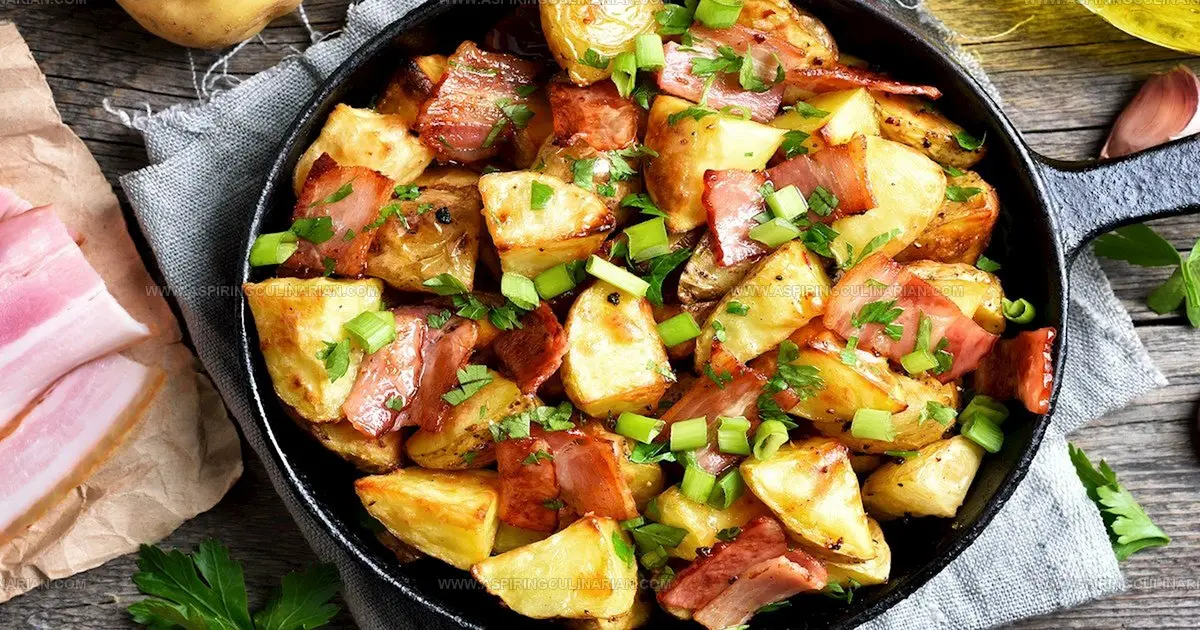
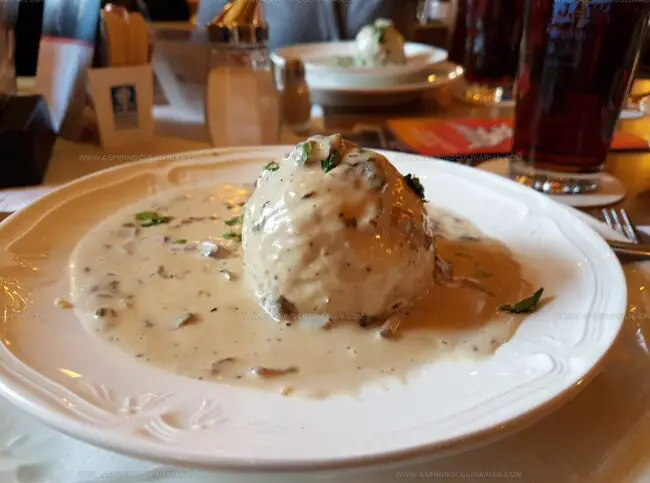
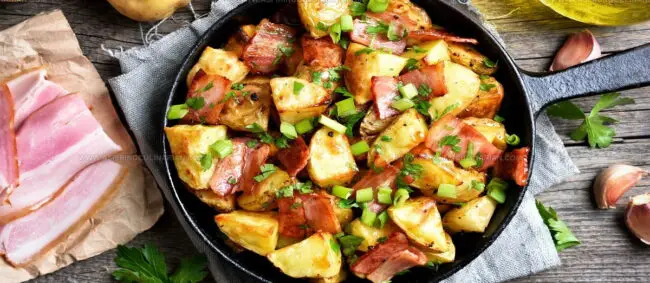
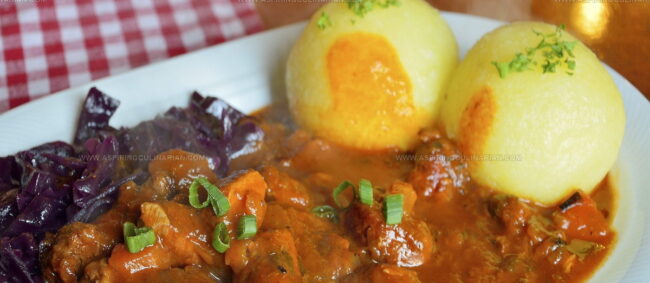
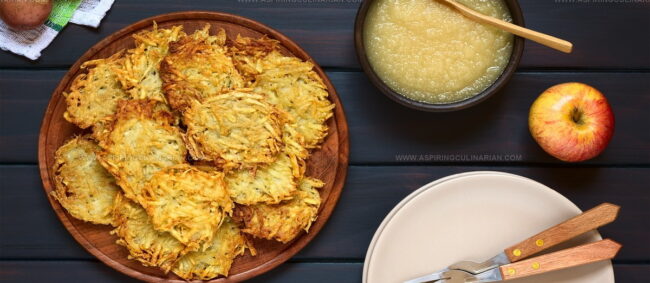
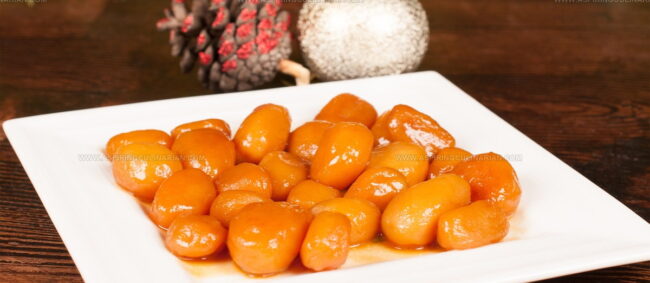
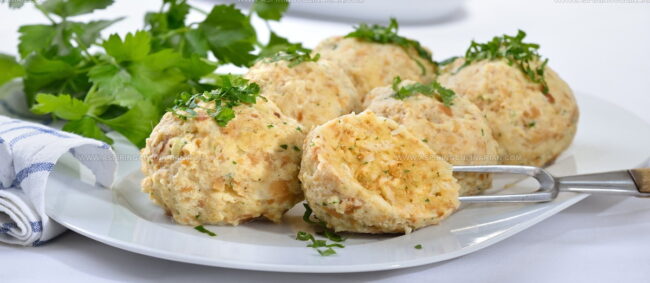
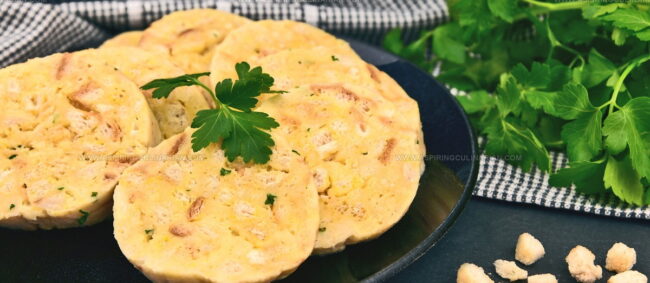
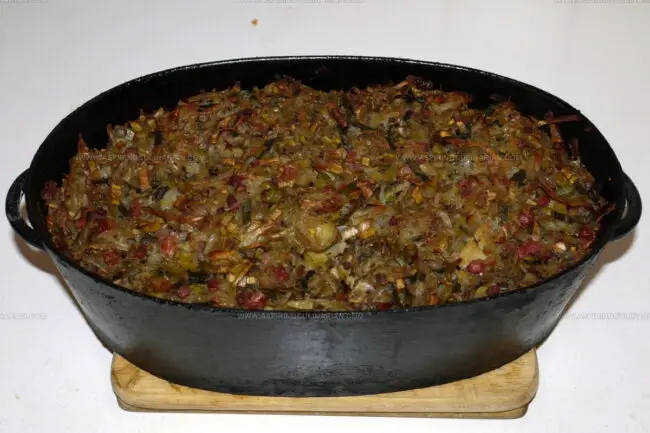
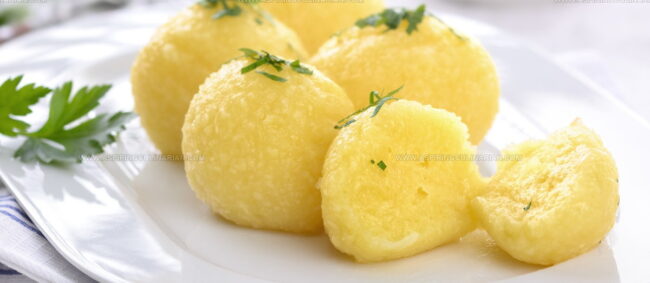
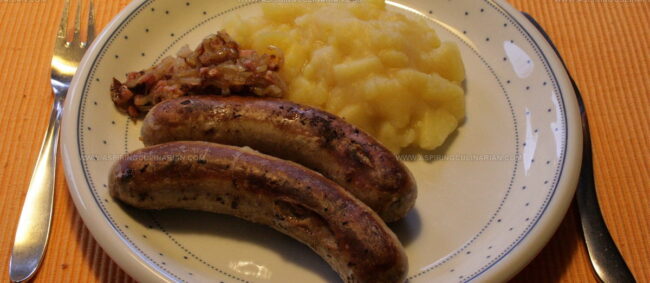
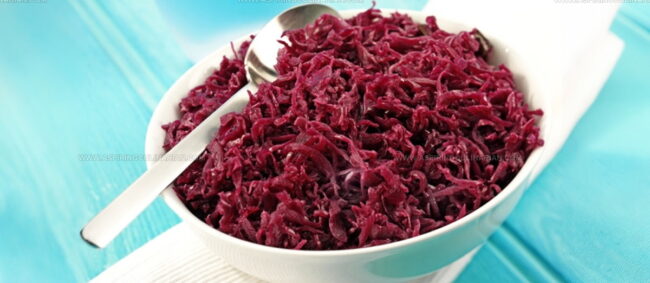
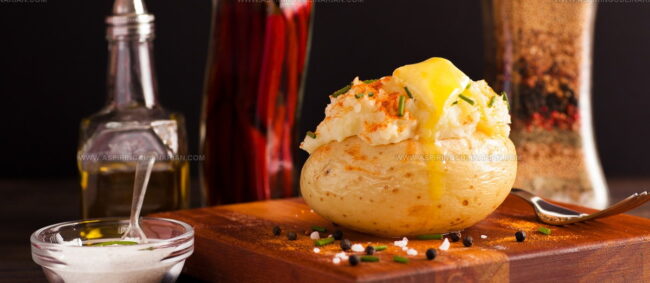
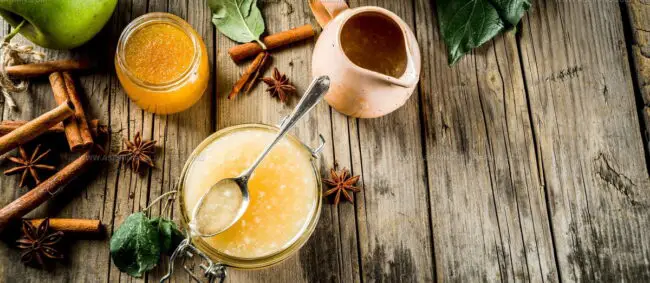
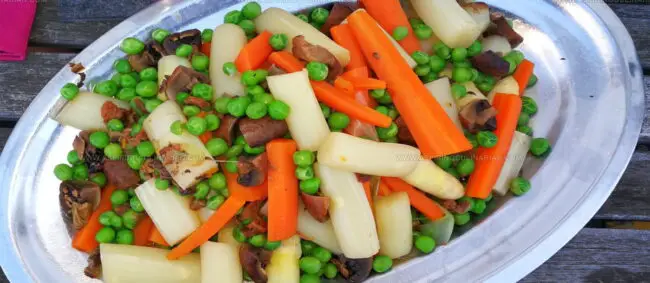
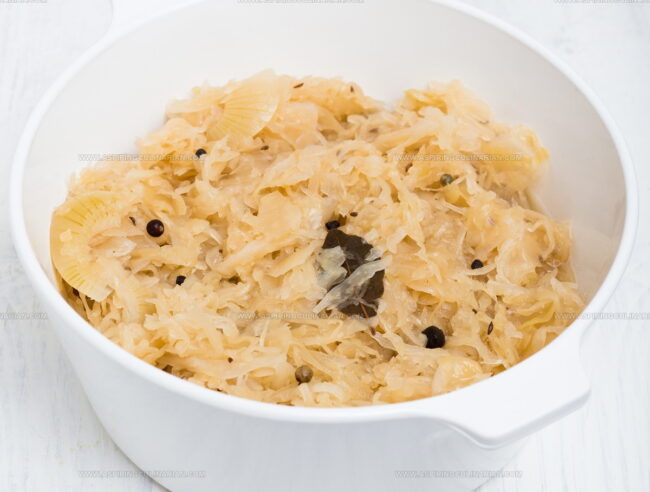
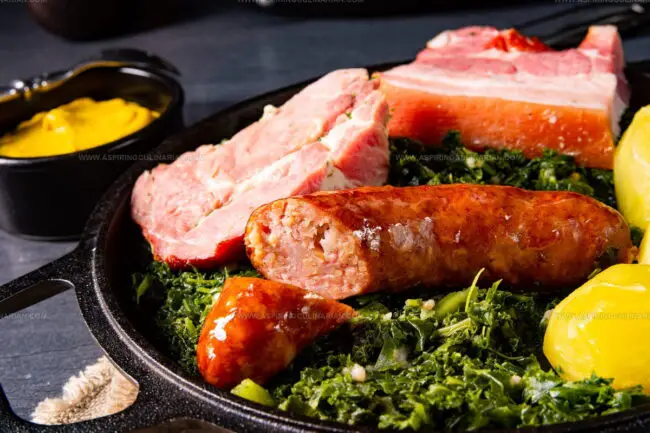
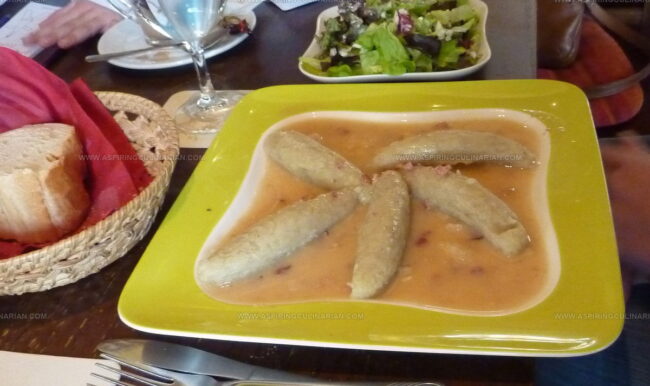

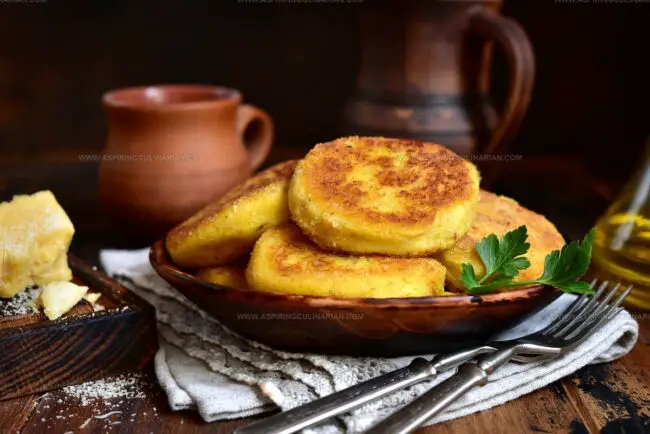
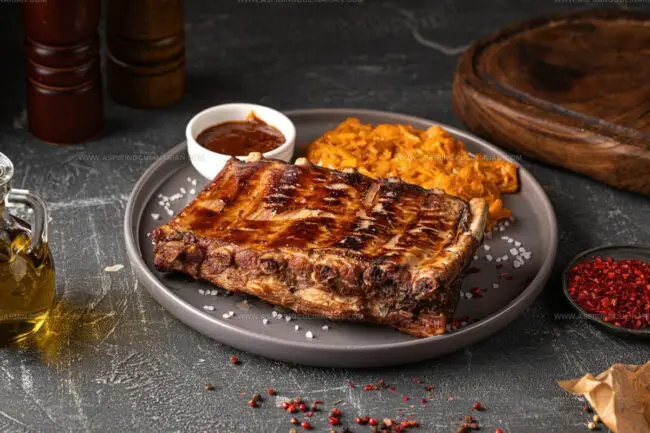
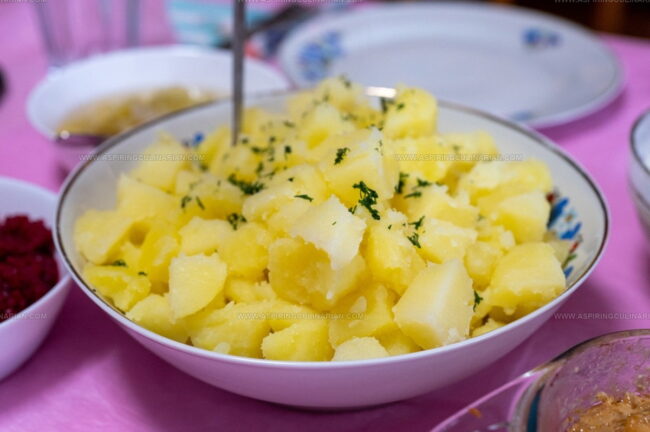
Lena Martinez
Contributing Writer & Culinary Educator
Expertise
Southwestern and Latin American cuisines, Vegetarian and plant-based recipe development, Culinary education and community outreach
Education
Santa Fe Community College, Santa Fe, NM
Certificate in Culinary Arts
Emphasized Southwestern cuisine and sustainable cooking practices
Lena grew up surrounded by the colors, spices, and traditions of the Southwest – flavors that sparked her love for bold, honest cooking. After earning her Culinary Arts certificate at Santa Fe Community College, she made it her mission to teach home cooks how to create flavorful, plant-powered meals without the fuss.
Her recipes are packed with vibrant ingredients, simple steps, and the kind of heart that turns a regular meal into something you’ll want to share. Outside the kitchen, Lena spends her time wandering farmers’ markets, trading family recipes, and helping young chefs find their voice through food.